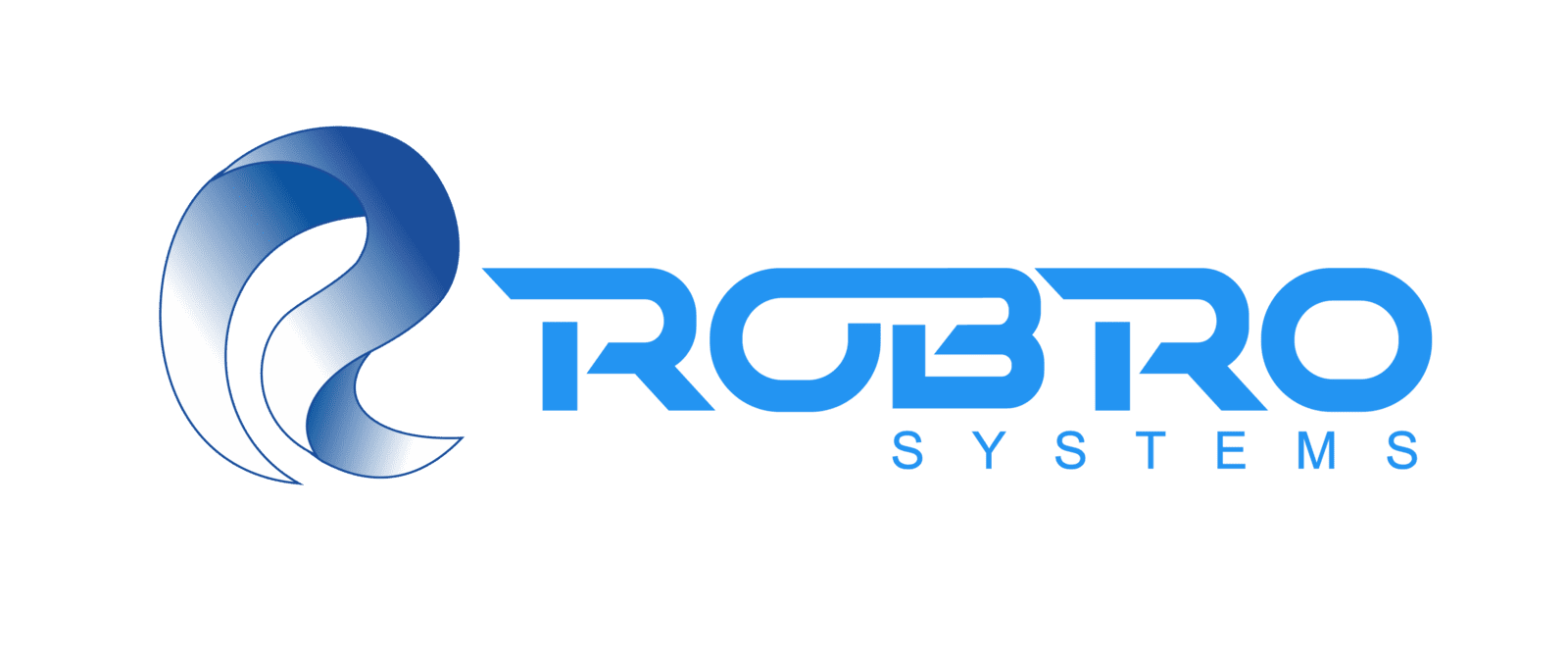
Understanding Technical Textiles
Technical textiles are engineered fabrics designed for specialized industrial applications where functionality precedes aesthetics. These textiles undergo rigorous manufacturing processes to ensure compliance with specific performance criteria, such as tensile strength, chemical resistance, flame retardancy, and UV stability. Some key categories include:
Medical Textiles: Sterile, biocompatible fabrics used in surgical gowns, wound dressings, and implantable meshes.
Automotive Textiles: High-strength, abrasion-resistant materials used in airbags, seatbelts, and noise insulation.
Geotextiles: Permeable fabrics used for soil reinforcement, filtration, and erosion control in civil engineering applications.
Protective Textiles: Flame-resistant and bulletproof fabrics used in firefighter suits, ballistic vests, and industrial protective clothing.
Industrial Textiles: High-performance fabrics used in conveyor belts, filtration systems, and composite reinforcements.
Given the mission-critical applications of these textiles, maintaining stringent quality standards is non-negotiable. Automated inspection systems ensure that every manufactured roll meets predefined specifications, minimizing defects that could compromise functionality.
Fundamentals of Textile Inspection
Textile inspection involves evaluating fabric properties to ensure conformity with industry standards. Traditional inspection methods include:
Manual Inspection: Human inspectors visually examine fabrics for defects such as misweaves, surface inconsistencies, and contamination. This method is subjective, error-prone, and labor-intensive.
Semi-Automated Inspection: Optical scanners assist in detecting significant flaws, but still require manual oversight, making them less effective for high-speed production.
Fully Automated Inspection: AI-powered systems perform real-time analysis using machine vision, pattern recognition, and deep learning algorithms. These systems achieve superior detection accuracy, speed, and repeatability while reducing human dependency.
Key Features of Automated Textile Inspection Systems
1) AI-Powered Defect Detection
Deep learning models trained on 3.5 million+ defect images allow AI-driven inspection systems to detect, classify, and categorize defects with 99.99% accuracy. These models continuously improve through self-learning, ensuring adaptive defect recognition across fabric types and production conditions.
2) High-Speed Machine Vision
Advanced optical systems utilize high-resolution cameras operating at thousands of frames per second to capture microscopic defects in real-time. Multi-camera configurations allow simultaneous defect detection across various fabric layers and textures, enhancing precision.
3) Real-Time Defect Localization and Mapping
4) Hyperspectral and Multispectral Imaging
5) Seamless Integration with Industrial IoT (IIoT) Systems
6) Predictive Quality Control with Edge AI
Benefits of Automated Textile Inspection
Adopting AI-driven textile inspection systems brings transformative improvements in quality control, production efficiency, and sustainability. Key advantages include:
Enhanced Accuracy: AI models achieve near-perfect defect detection rates, eliminating human subjectivity.
Increased Production Speed: Automated systems inspect textiles at 300% faster rates than manual inspection, ensuring high throughput without compromising quality.
Waste Reduction: Defective fabrics are identified early, preventing unnecessary processing and reducing material wastage.
Energy Optimization: Intelligent defect classification minimizes rework, lowering overall energy consumption.
Regulatory Compliance: Automated inspection ensures adherence to industry standards, reducing the risk of non-compliant shipments and recalls.
Applications of Automated Textile Inspection
AI-powered textile inspection systems are widely deployed across various industrial applications:
Technical Textile Manufacturing: Continuous quality monitoring for high-performance fabrics in aerospace, automotive, and defense sectors.
Medical Textiles: Inspection of surgical gowns, sterile drapes, and implantable materials to ensure biocompatibility and sterility.
Automotive Textiles: Defect identification in airbags, seat belts, and acoustic insulation fabrics to enhance vehicle safety.
Smart Textiles: Monitoring of conductive fabrics used in wearable technology to ensure uniform conductivity and structural integrity.
Filtration and Industrial Textiles: Ensuring the structural consistency of filter media and industrial reinforcements used in chemical processing plants.
The Future of Automated Textile Inspection
The textile inspection landscape is evolving rapidly, with emerging innovations set to redefine quality control paradigms. Future advancements include:
1) AI-Powered Predictive Maintenance
Inspection systems analyze production patterns to detect defects and predict machine failures. Predictive maintenance algorithms optimize equipment performance, reducing downtime and maintenance costs.
2) Blockchain for Quality Traceability
Blockchain technology will enable secure, immutable record-keeping of textile inspection data. Manufacturers will have end-to-end traceability, ensuring transparency and compliance with sustainability standards.
3) Advanced Robotics for Inline Quality Control
Collaborative robots (cobots) with AI-driven inspection capabilities will autonomously assess fabric quality, reducing human intervention in production lines.
4) Quantum Computing for Enhanced Pattern Recognition
Quantum algorithms will exponentially improve defect recognition capabilities, enabling real-time identification of even the most complex textile flaws.
Conclusion
Automated textile inspection represents a quantum leap in quality control, transforming how technical textiles are evaluated, classified, and processed. AI-driven systems, powered by 99.99% accurate deep learning models, replace manual inspection with real-time, high-speed analysis, significantly enhancing production efficiency. Manufacturers achieve 300% faster throughput, reduced material waste, and optimal energy utilization by integrating advanced imaging, predictive analytics, and industrial IoT capabilities.
Next-generation inspection technologies will incorporate AI-powered predictive maintenance, blockchain-enabled traceability, and quantum-enhanced pattern recognition. These innovations will further elevate precision, compliance, and sustainability in textile manufacturing. For industry leaders, investing in automated inspection is no longer a competitive advantage—it is an operational necessity in an era of technological disruption and quality excellence.

